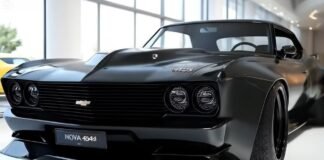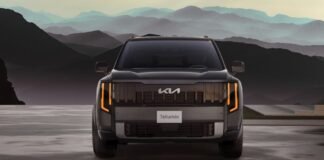In the electric era, we often see designs from the past being reimagined for the future. Brands like Ford have done this with iconic models such as the Mustang and Capri, while Volkswagen has revitalized its Scout brand. This strategy blends the comfort of nostalgia with the allure of new technology. We were at EICMA, the international two-wheeler exhibition in Milan, where Royal Enfield is unveiling its latest innovation—the Flying Flea.
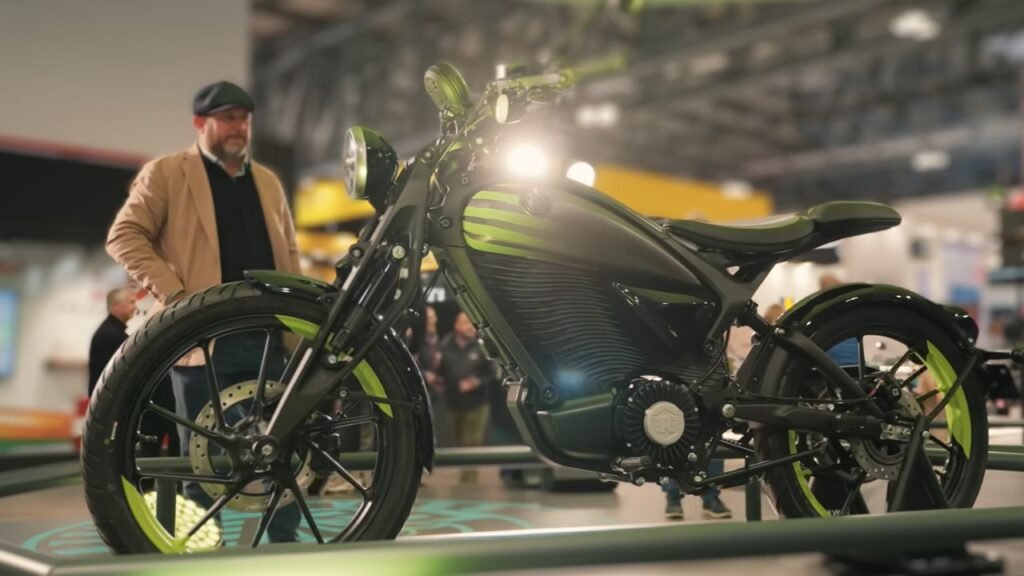
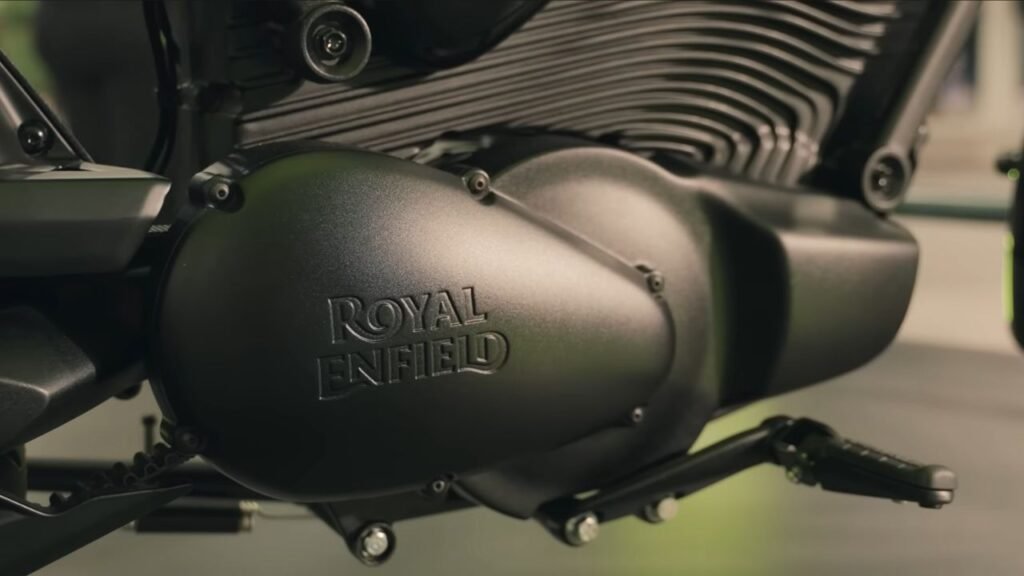
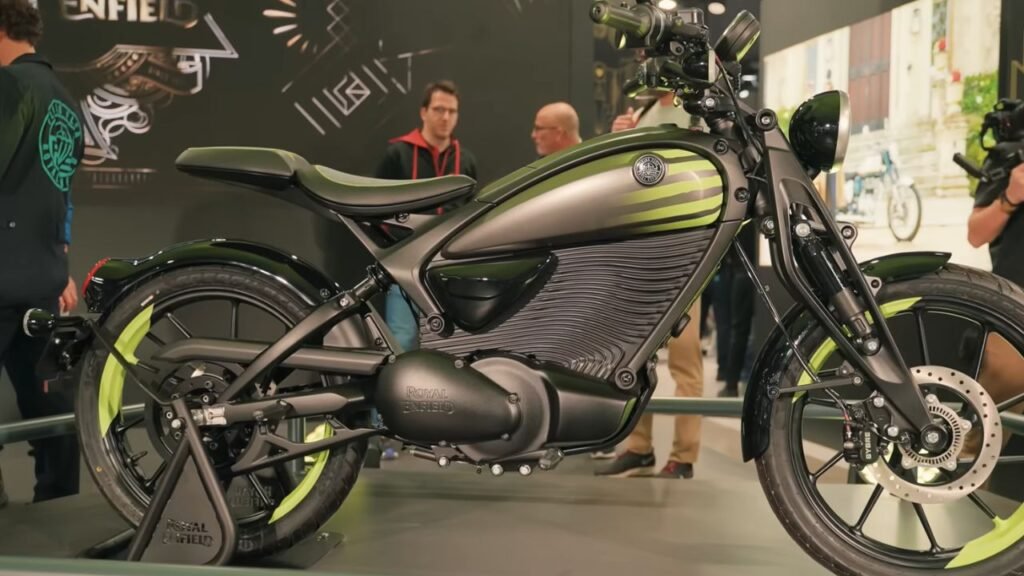
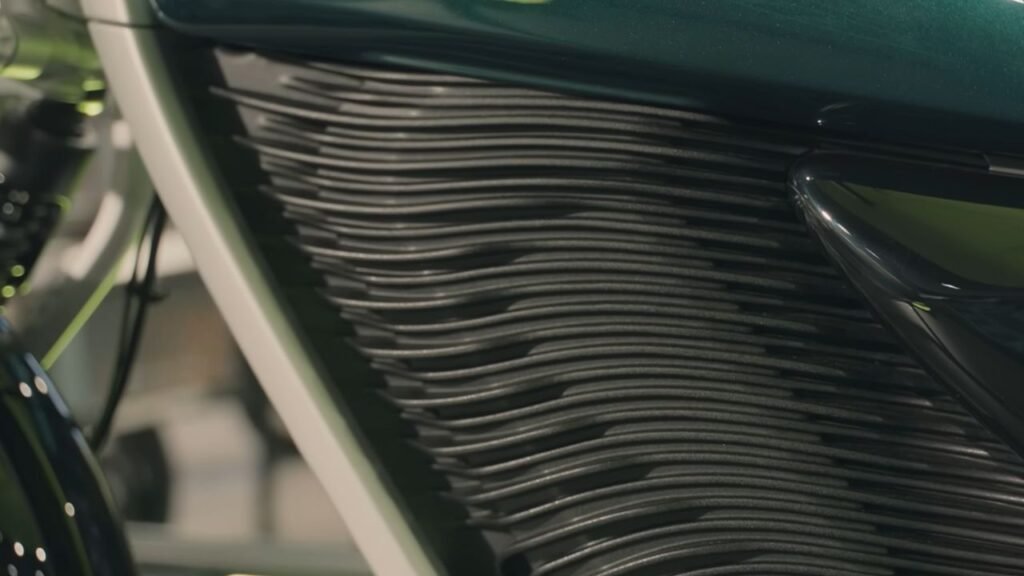
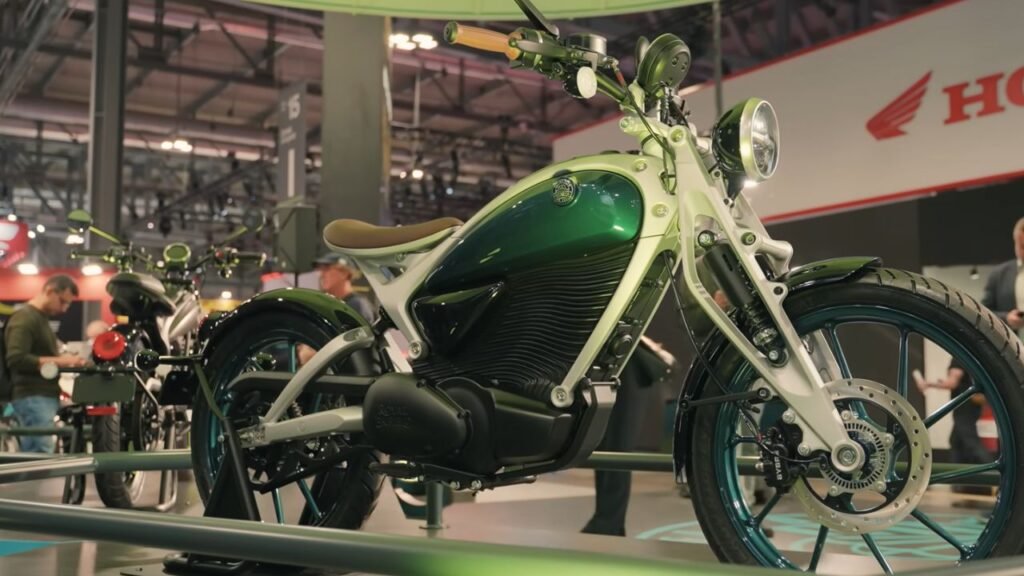
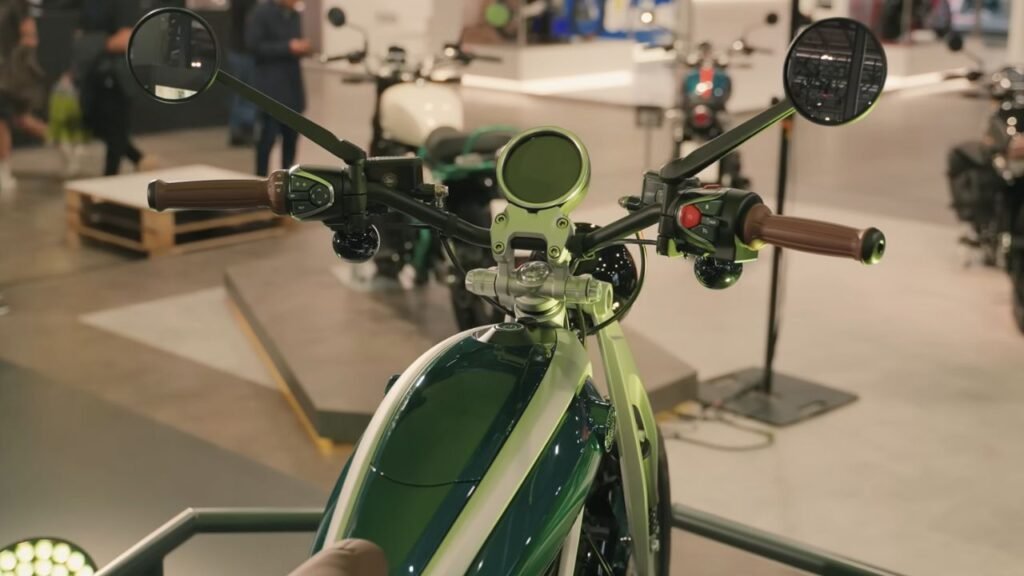
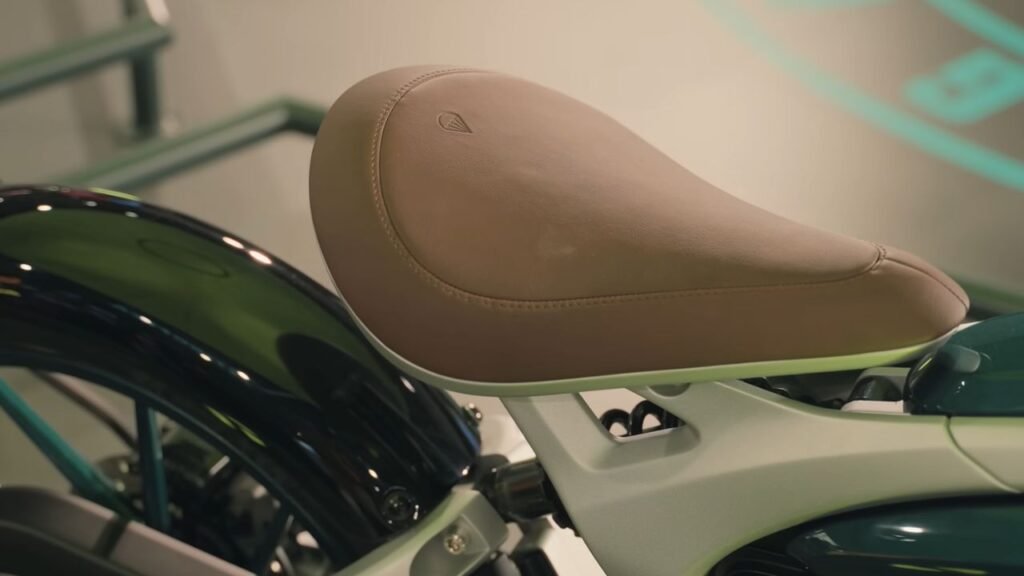
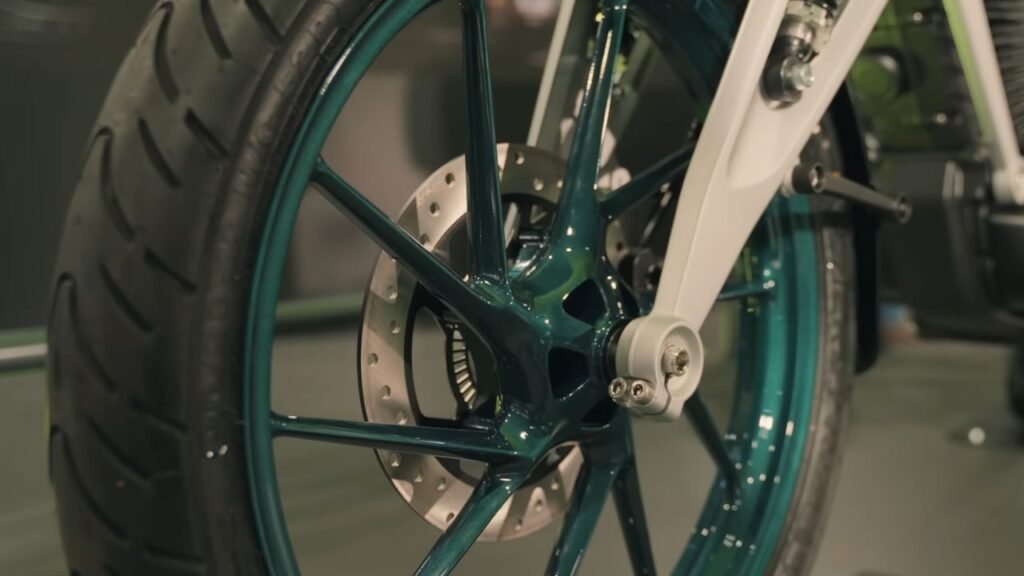
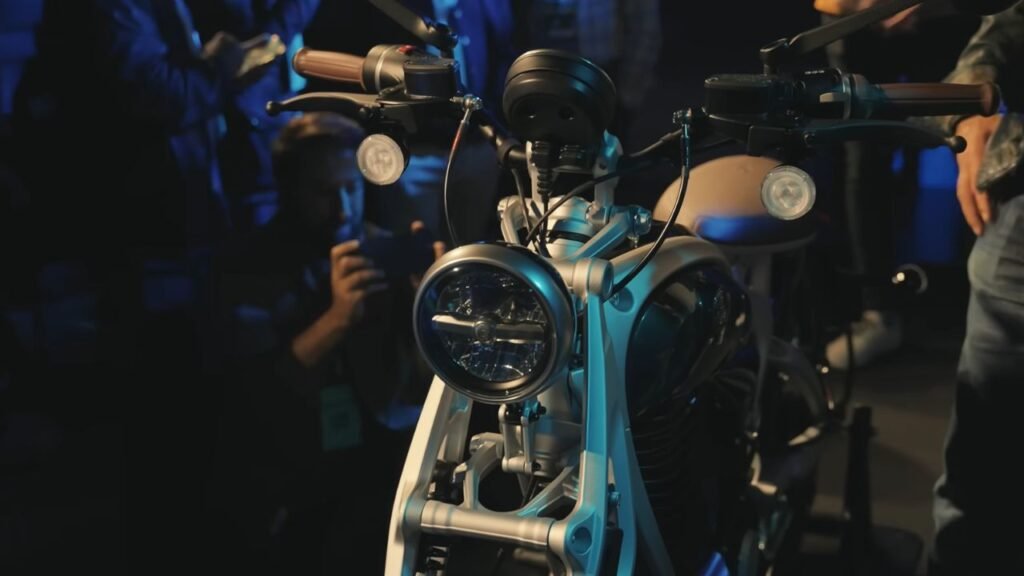
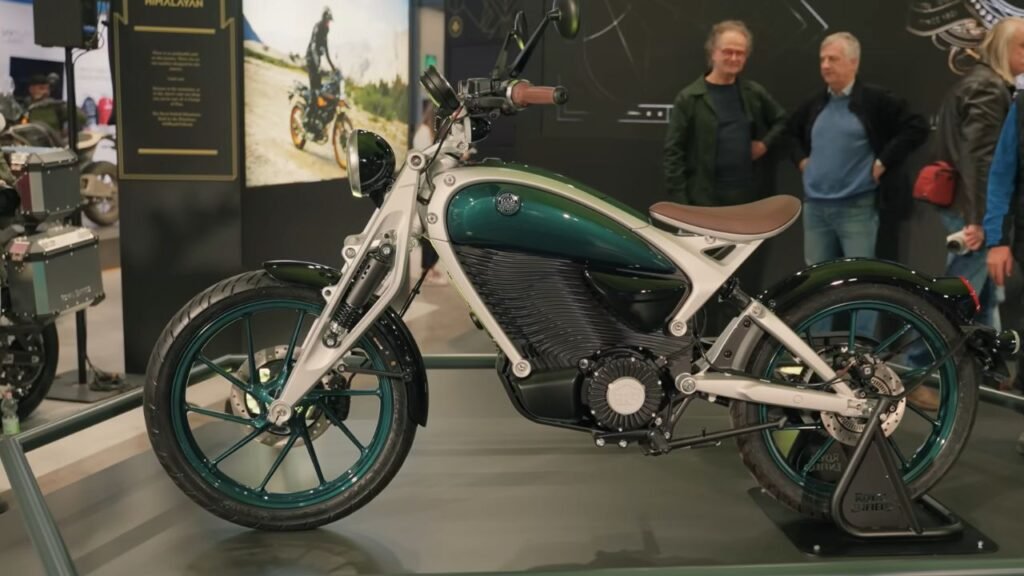
The Flying Flea: A Nod to History
For those familiar with Royal Enfield, the name Flying Flea carries significant historical weight. For everyone else, here’s the story: Royal Enfield has been producing motorcycles for 120 years, first in Redditch, UK, and now near Chennai, India.
During the 1940s, the Flying Flea was a lightweight motorcycle dropped by parachute to assist frontline troops in World War II.
Weighing just 56 kilograms, with a 1.25-gallon tank and a top speed of 30-40 mph, it initially faced skepticism for being underpowered. However, its agility and portability soon made it indispensable for quick communication on the battlefield.
Reimagining the Flying Flea for the Electric Age
Fast forward to today, and Royal Enfield’s choice to revitalize the Flying Flea aligns with the growing demand for electric motorcycles.
While electric bikes may not suit every application, they excel in urban environments where nimbleness and lightweight design are essential. Royal Enfield hopes to attract new riders while preserving elements that resonate with loyal fans.
Bringing New Riders to the Fold
According to Royal Enfield, this electric motorcycle aims to meet the needs of urban commuters seeking accessibility, style, and functionality.
Following interviews with over 5,000 people, the company identified a demand for a lightweight, safe, connected, and affordable two-wheeler. Unlike traditional scooters, the Flying Flea offers a stylish alternative for urban riders who value quality materials and sophisticated design.
Balancing Nostalgia and Innovation
The Flying Flea’s design pays homage to its historical predecessor while incorporating modern features. For instance, the front fork suspension—popular in the 1940s—has been reintroduced as a nod to its heritage.
The bike also includes advanced technologies, such as smartphone connectivity, over-the-air updates, and over 200 drive configurations, ensuring a user-friendly experience for new riders.
Challenges and Market Positioning
Despite its innovative features, the Flying Flea is still in the concept phase, with a planned launch in 2026. Critical details such as range, weight, and price remain undisclosed.
For comparison, electric bikes like the Maving RM1 offer a range of 40-80 miles and cost around £5,000, while more advanced models exceed £8,000. To be competitive, the Flying Flea would need to provide at least 100 miles of range, weigh under 70 kilograms, and cost below £6,000.
Targeting a Diverse Audience
The Flying Flea attempts to appeal to both new and experienced riders. It offers a stylish commuter option for urban users while incorporating nostalgic elements for hardcore Royal Enfield fans.
However, this dual focus may risk alienating one group in favor of the other. Until key specifications are revealed, its success remains uncertain.
Addressing Young Riders and Urban Mobility
Royal Enfield hopes the Flying Flea will attract younger generations, particularly those opting out of traditional car ownership. By offering a lightweight, easy-to-ride, and stylish alternative, the company aims to transform urban mobility while reducing traffic congestion.
A Romantic Vision for the Future
Ultimately, Royal Enfield views this project not as a nostalgic trip down memory lane but as a romantic vision for the future. By blending the best elements of the past with cutting-edge technology, the Flying Flea could redefine urban commuting and introduce new riders to the world of motorcycles. Whether it succeeds will depend on how well it balances its historical roots with modern demands.
